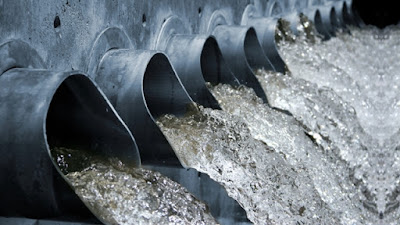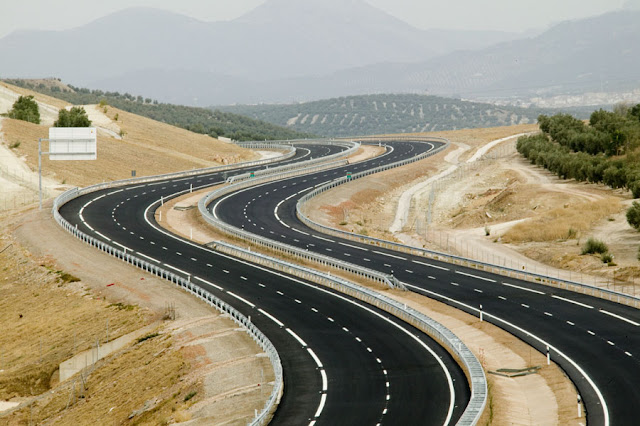To maintain good quality of industrial processes, accurate flow rate measurement of liquids and gasses is a very essential requirement. Industries usually control the flow rates especially of incoming liquids or gases to achieve a control objective.
 |
| credits from Maclver Institute |
This flow is divided into two:
- Open channel flow. Exposed to atmospheric pressure, the only force causing the flow is the force of gravity (from the difference of water surface elevation)
- Closed conduit flow. Forces involved with the flow are the force of gravity and the pressure difference in the conduit.
To interconnect the actual from the theoretical values of parameters, hydraulic coefficients have been identified. They are the following:
- Coefficient of discharge, C or Cd
- Coefficient of velocity, Cv
- Coefficient of contraction, Cc
- Coefficient of resistance, Cr
Click here for pdf notes on fluid flow measurement


